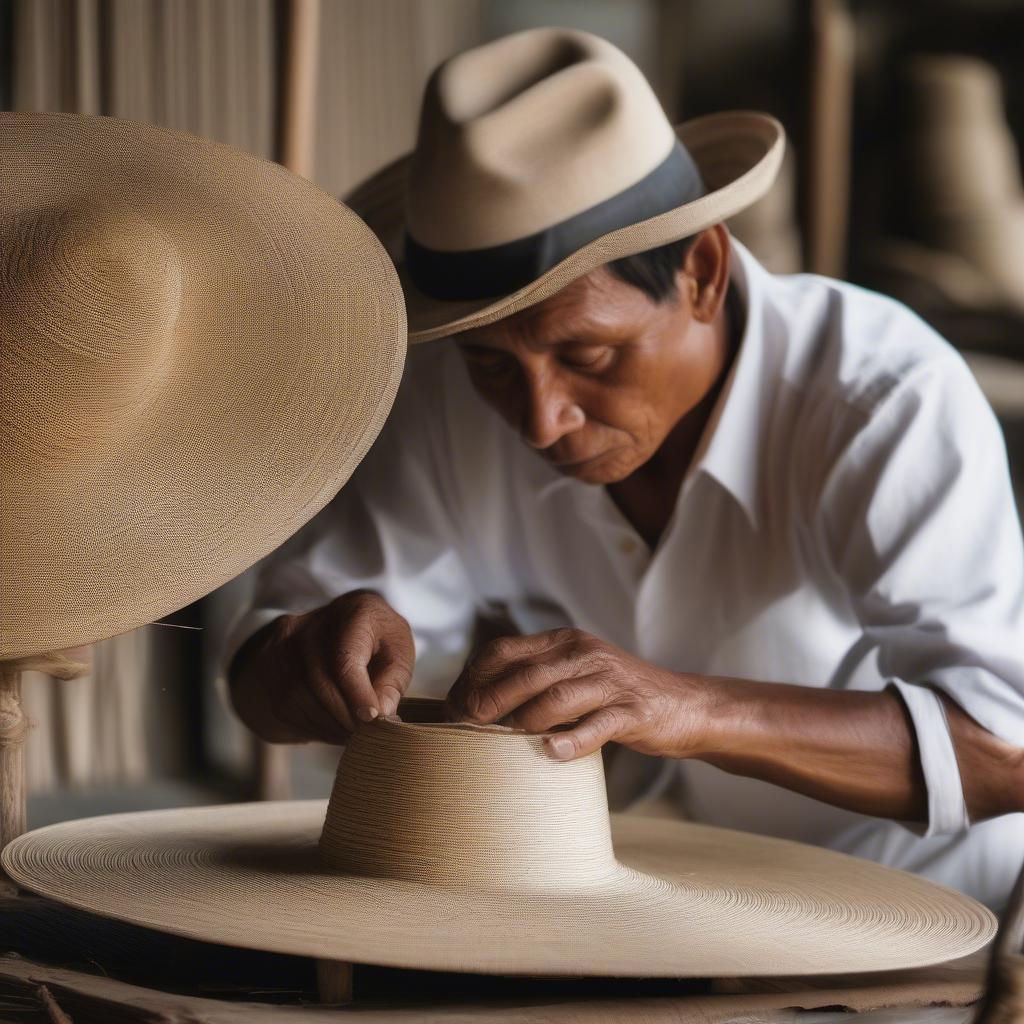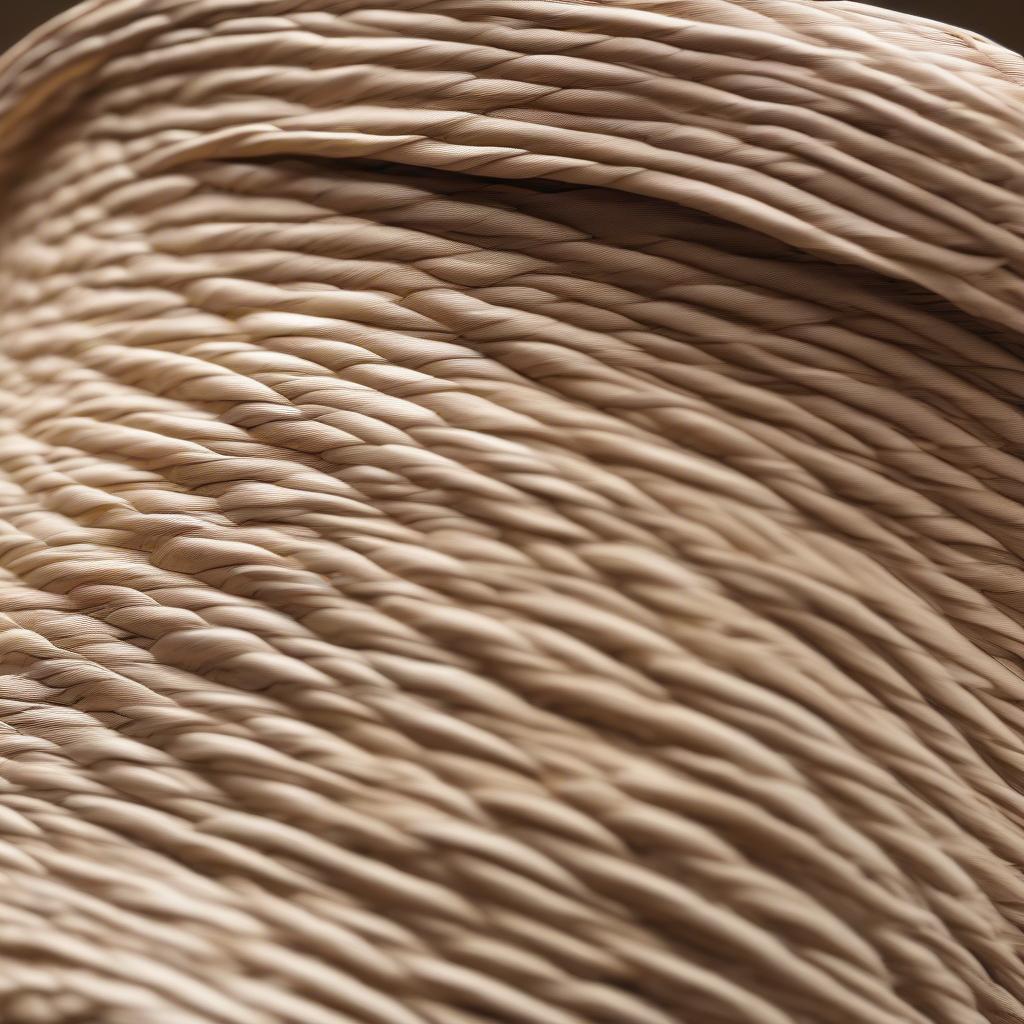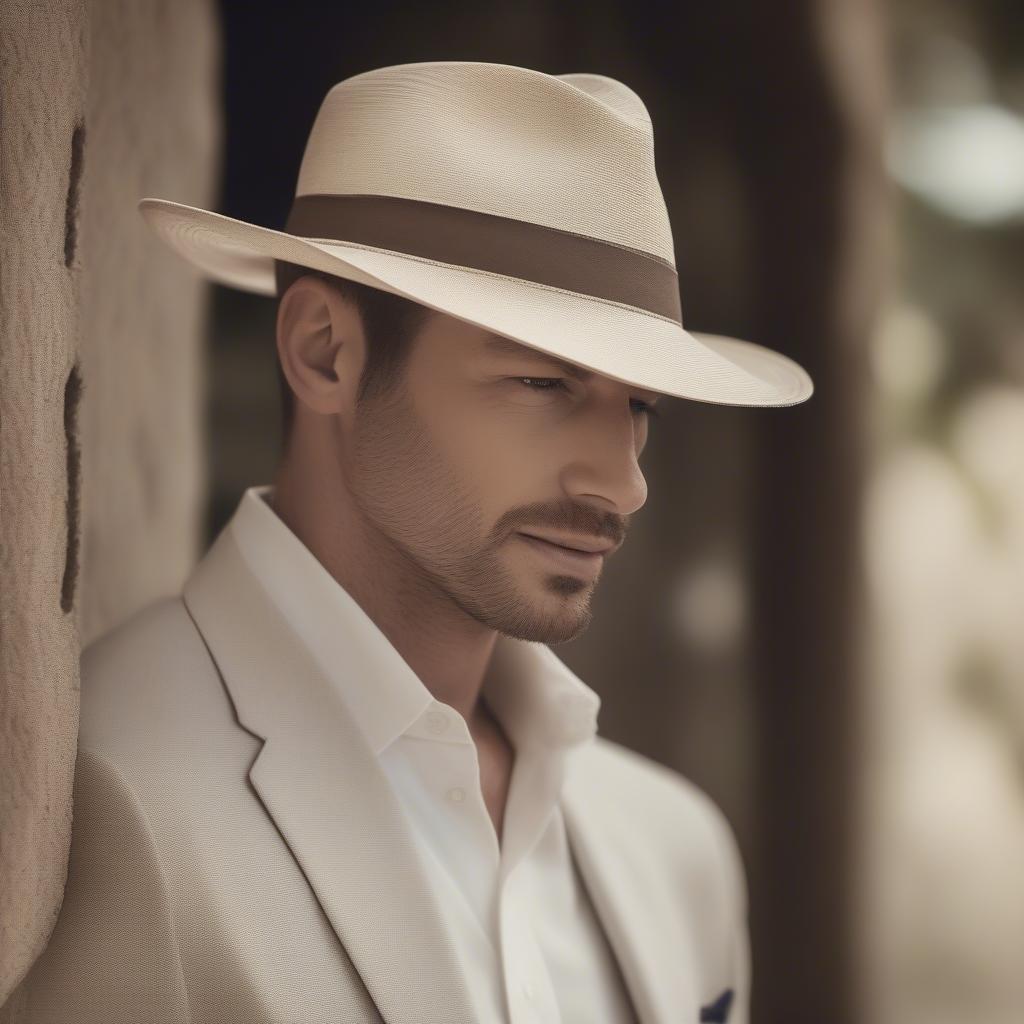Weave Hat
The Allure of the Liso Weave Panama Hat
The Liso Weave Panama Hat, a symbol of timeless elegance and effortless cool, has captivated generations with its intricate craftsmanship and lightweight breathability. From its humble beginnings in Ecuador to its presence on the heads of Hollywood icons, this hat is more than just a sun shield; it’s a statement piece. This article delves into the fascinating world of the liso weave panama hat, exploring its history, the meticulous process behind its creation, and why it remains a coveted accessory.
Unveiling the History of the Liso Weave Panama Hat
The story of the liso weave panama hat, surprisingly, doesn’t begin in Panama. Its origins trace back to Ecuador, specifically the coastal regions where the Carludovica palmata plant, commonly known as the toquilla palm, thrives. The art of weaving these hats has been passed down through generations of skilled artisans, preserving a tradition that spans centuries. While Panama played a crucial role in distributing and popularizing the hat during the California Gold Rush and the construction of the Panama Canal, the true heart of its creation lies in the hands of Ecuadorian weavers.
 Ecuadorian Weaver Crafting a Liso Weave Panama Hat
Ecuadorian Weaver Crafting a Liso Weave Panama Hat
Deconstructing the Liso Weave: A Symphony of Skill and Patience
The liso weave, characteristic of the classic panama hat, is a testament to the weaver’s patience and dexterity. This specific weave creates a tight, uniform texture, resulting in a hat that is both durable and finely crafted. The process begins with harvesting and preparing the toquilla palm fibers. These fibers are then meticulously split and woven, often under humid conditions to maintain their pliability. The finer the weave, the higher the quality and value of the hat. Some of the finest liso weave panama hats, known as Montecristi superfinos, can take months to complete, requiring an extraordinary level of skill and attention to detail.
 Close-Up of the Liso Weave on a Panama Hat
Close-Up of the Liso Weave on a Panama Hat
Choosing Your Perfect Liso Weave Panama Hat: A Buyer’s Guide
Selecting a liso weave panama hat is an investment in a piece of wearable art. Consider the following factors when making your choice:
- Grade: Panama hats are graded based on the fineness of the weave. A higher grade indicates a tighter, more intricate weave, resulting in a lighter, more flexible, and more expensive hat.
- Shape: From the classic Optimo to the more contemporary Fedora, liso weave panama hats come in a variety of shapes to suit different face shapes and personal styles.
- Brim Width: The brim width can range from narrow to wide, offering varying degrees of sun protection and influencing the overall aesthetic.
- Color: While the natural ivory color is the most traditional, liso weave panama hats can also be found in other shades, allowing for greater versatility.
“A true liso weave panama hat is an investment,” says renowned hat collector, Isabella Rodriguez. “Its timeless design and exceptional craftsmanship make it a piece that can be cherished for generations.”
Caring for Your Liso Weave Panama Hat: Preserving a Legacy
Proper care is essential to maintain the beauty and longevity of your liso weave panama hat. Avoid exposing it to excessive moisture or direct sunlight for extended periods. When not in use, store it in a cool, dry place, preferably in a hat box. Handle it gently, avoiding pinching or crushing the crown. If it gets wet, allow it to air dry naturally, reshaping it as needed.
 Gentleman Wearing a Liso Weave Panama Hat
Gentleman Wearing a Liso Weave Panama Hat
Conclusion: The Enduring Appeal of the Liso Weave Panama Hat
The liso weave panama hat, with its rich history and unparalleled craftsmanship, transcends fleeting trends. It’s a symbol of quality, elegance, and timeless style. Whether you’re seeking protection from the sun or a statement accessory, a liso weave panama hat is a worthy investment that will elevate any ensemble.
FAQ
- Where are liso weave panama hats made? They are primarily made in Ecuador.
- What is the significance of the liso weave? The liso weave creates a tight, uniform texture, resulting in a high-quality, durable hat.
- How can I tell the quality of a panama hat? The fineness of the weave is a key indicator of quality.
- How should I care for my panama hat? Store it in a cool, dry place and avoid excessive moisture.
- What are the different shapes of panama hats available? Common shapes include the Optimo, Fedora, and Trilby.
- How do I determine the right brim width for me? Consider your face shape and the level of sun protection desired.
- Can panama hats be dyed? Yes, they can be found in various colors, although natural is most traditional.
Need support? Contact our 24/7 customer service team: Hotline: +84 388 951 999, Hanoi, Vietnam or Tech Avenue, Suite 12, San Francisco, CA 94105, USA. Explore more articles on our website about different hat weaving techniques and materials.
